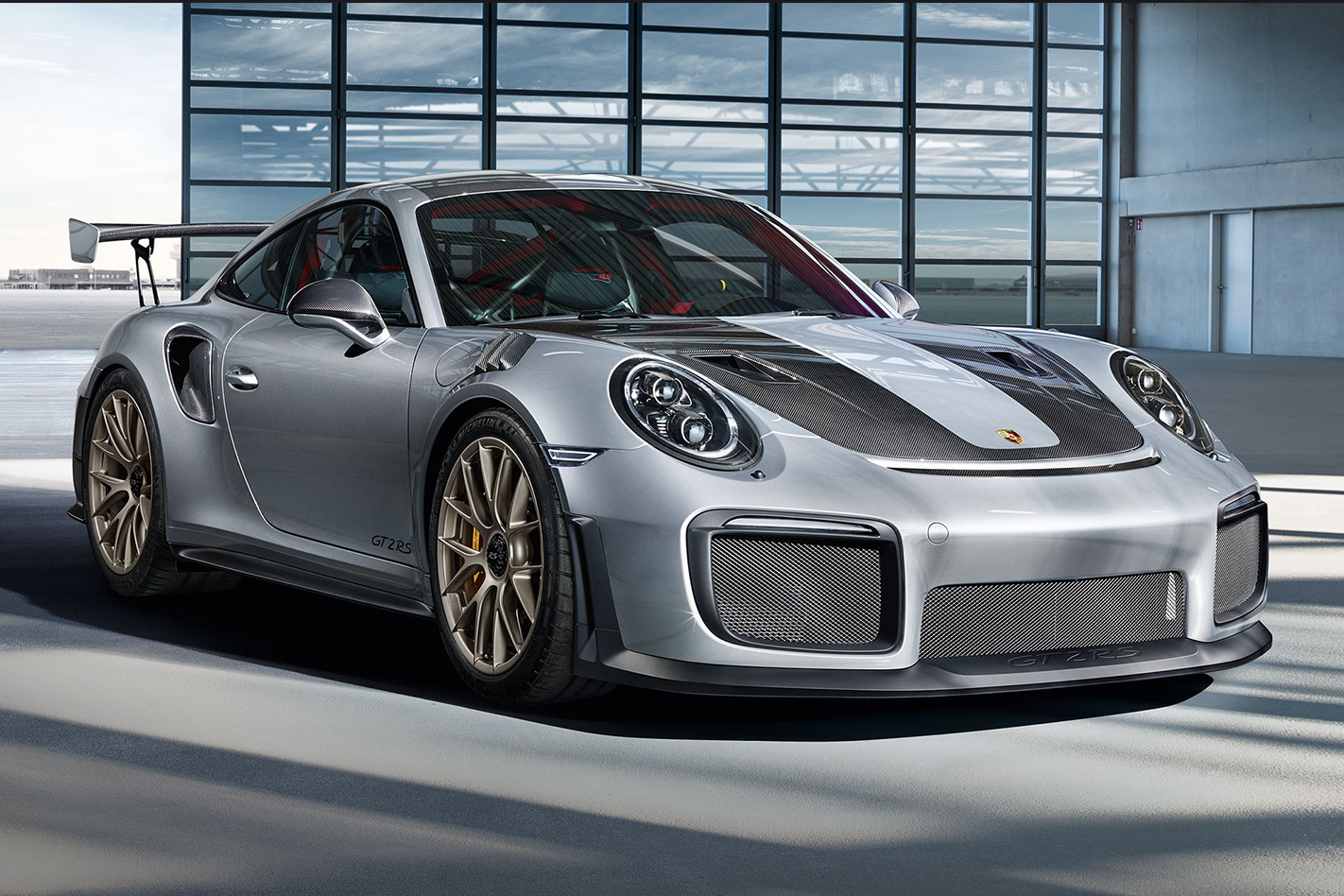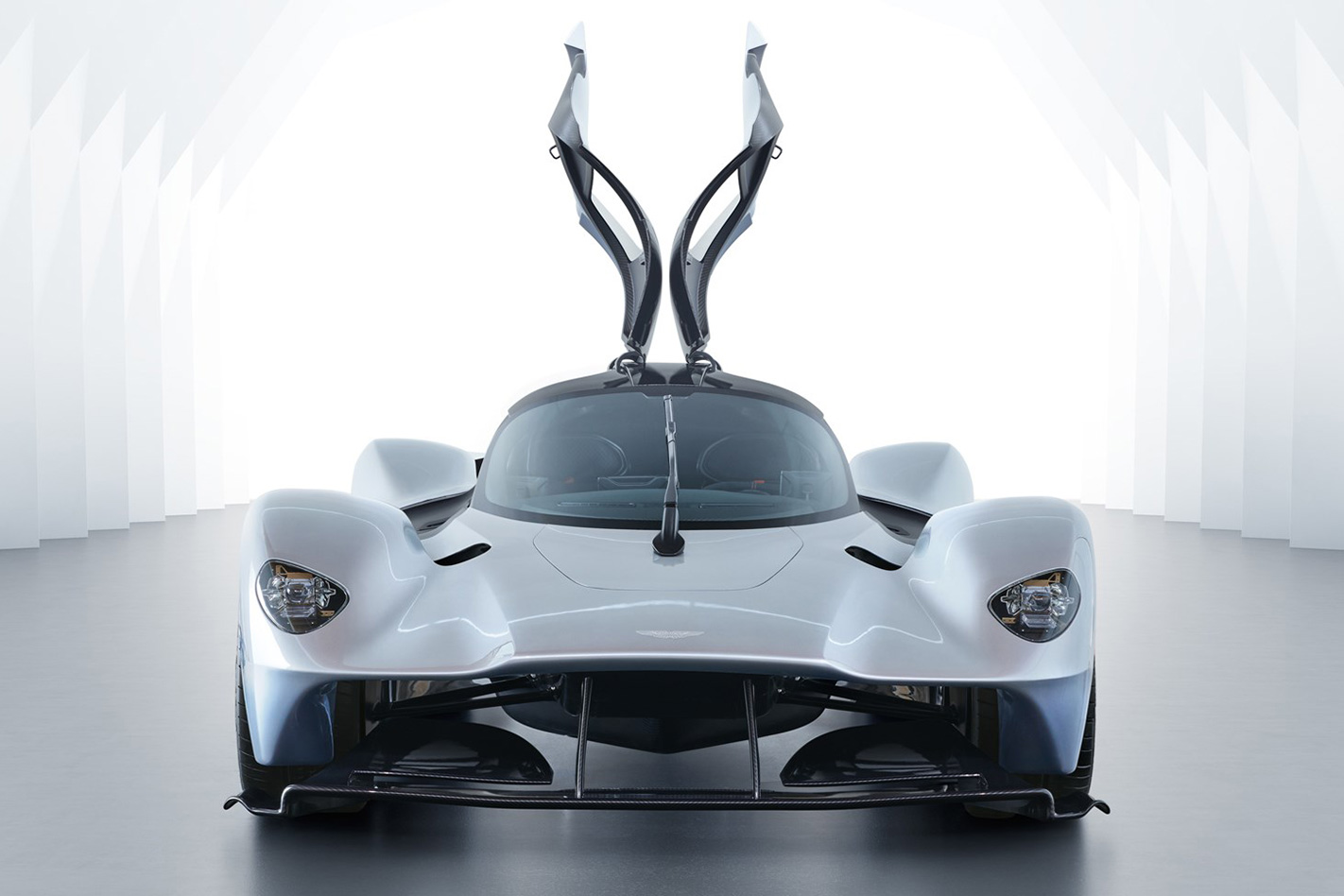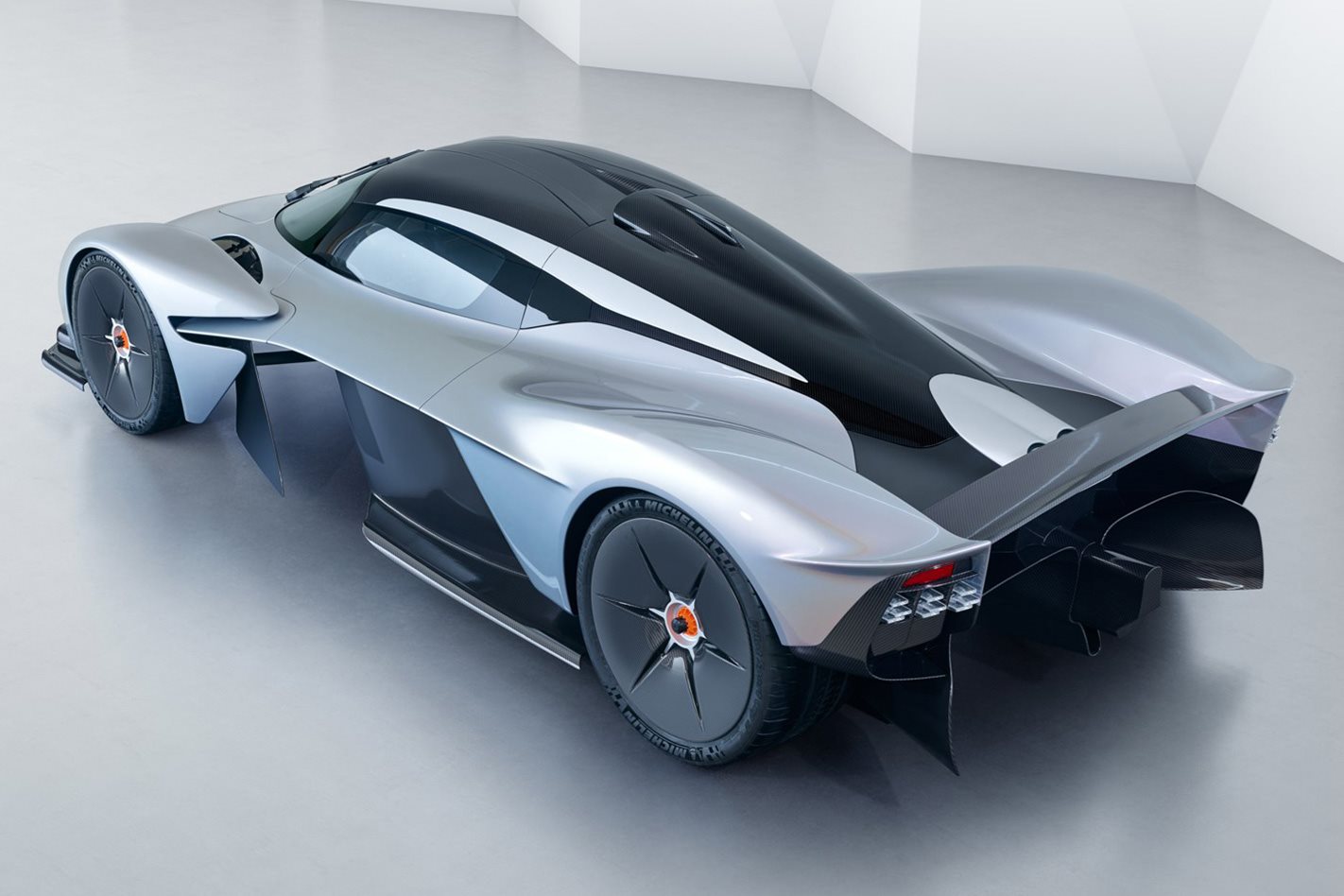ON THE face of it, Lamborghini’s Huracan Performante has no chance of beating the hypercar ‘Holy Trinity’ on a racetrack. Porsche’s mighty 918 Spyder would appear to have all its numbers covered off. The Lambo coughs up a mere 477kW versus the Porsche’s 661kW. Even taking into account the hybrid 918’s heftier kerb weight, the scores read 306kW/tonne for Sant’Agata and 397kW/tonne for Weissach.
The 918 has more than double the Performante’s torque and is nearly a second and a half quicker to 200km/h. The Porsche also puts a good deal more rubber on the road (an extra 20mm wide at both ends) and makes both peak power and torque figures earlier than the Lamborghini. So why is it five seconds slower at the Nurburgring? Slower too around Balocco, Willow Springs, Hockenheim, Vairano, Le Mans (Bugatti layout) and Autocar’s UK handling track. The answer is simple. The Lamborghini has a smarter aerodynamic package.
It’s tempting to think that aerodynamics is a mature science, that we already know pretty much all there is to know about the interactions of boundary layers, laminar flows, separation layers, cone vortices and such like. In fact, advances in computational fluid dynamic modelling are demonstrating that our grasp of aero and our techniques for managing airflow are, in road cars at least, fairly rudimentary.

As manufacturers wring increasingly marginal gains out of internal combustion engine technology, aerodynamics yields the greatest potential for significant step change. The Huracan Performante debuted ‘Aerodinamica Lamborghini Attiva’ (or ALA), a system that, when broken down, does two fairly easy to grasp things. It uses active aerodynamic devices to recognise when the car needs more downforce and when it needs a lower drag coefficient. It also uses the rear wing to ‘aero-vector’ a measure of downforce to one or other of the rear wheels.
The genius of ALA is in its subtle use of tiny electric motors to control the internal flaps that direct airflow rather than huge hydraulic active aero devices. Also it uses air to control air; directing airflow beneath the rear wing, for example, to disrupt the low pressure zone beneath it, in effect stalling it to reduce downforce and increase straight line efficiency. These flaps can operate in slightly less than 0.2s, which beats motoring a wing up and down. Elements of this tech have now been introduced to the even hairier Aventador SVJ, enabling it to eclipse the mark of the previous incumbent at the Nordschleife, the Porsche 911 GT2 RS; for the time being at least.

The Huracan Performante’s peak downforce at 310km/h is 349kg. The GT2 RS can develop 450kg when its non-active rear wing is set to its highest angle of attack. A McLaren Senna moves the game on with 800kg but even this pales compared to what Aston Martin is reporting for its forthcoming Valkyrie hypercar. It makes a monster 1800kg of downforce in road trim, although it hasn’t been revealed at which speed.
The Valkyrie is pumped chock-full of typical Adrian Newey F1 tech, from the intricate Y250 winglet ahead of the front tyre to the keel of the car that dates back to his old Leyton House F1 sketches. Although Aston Martin’s styling group initially looked after everything above the car’s beltline, the more recent iterations show that Newey has influenced that area of the car as well. Pressure-reducing vents have appeared on the front guards, there’s a combined NACA duct and roof scoop and, most importantly a whole lot of attention paid to lateral expansion, both behind the front wheels and in the massive diffuser extension at the rear.

With a relatively small rear wing and a comparatively elevated floor height thanks to the twin venturi tunnels, the diffuser helps move the underbody centre of pressure rearwards, creating two huge low pressure vortices at the back. There are interesting design features such as the winglet that reduces tyrejet (the aerodynamic ‘squirt’ off the tyre) to the centre of the car and an exhaust outlet that’s now closer to the rear wing, creating a more defined blown effect. With total downforce beyond that of modern GT3 cars and around that of an IndyCar, it goes some way to explaining why Aston Martin’s CEO Andy Palmer made what seemed at the time to be the outlandish claim that a Valkyrie on road tyres would probably put you on the podium in the LMP1 Class at Le Mans.
It’s still a big call, but it highlights quite how far production car aero has come. Increasingly, manufacturers are realising ways of reaching that holy grail of generating downforce with minimal drag penalty. Enzo Ferrari once claimed that aerodynamics was for people who couldn’t build engines. He also said that the Jeep was America’s only real sports car so he wasn’t right all the time, but it’s a mark of how far we’ve come that Lamborghini, the upstart rival from down the road, now aims to eclipse Ferrari’s road cars using a method that, in the light of Il Commendatore’s quote, must seem deliciously piquant. Maranello isn’t about to let that slight stand, so get ready for the next generation of supercars that work the air smarter than ever before.






